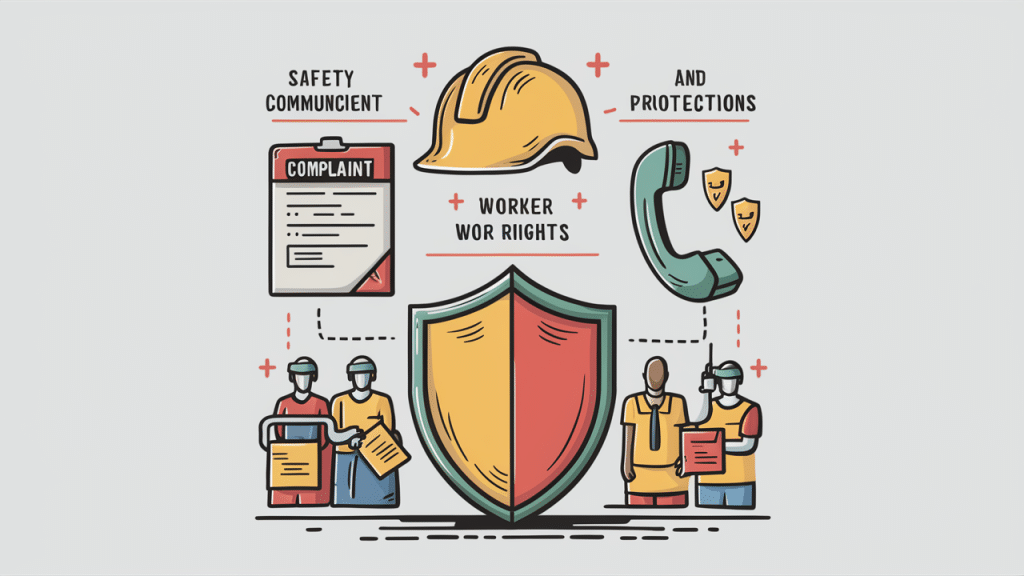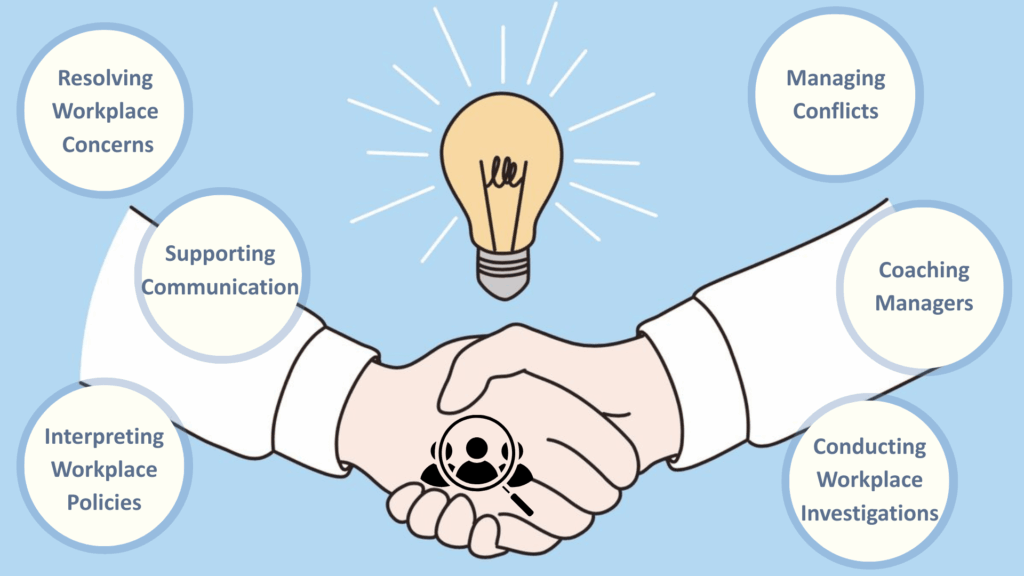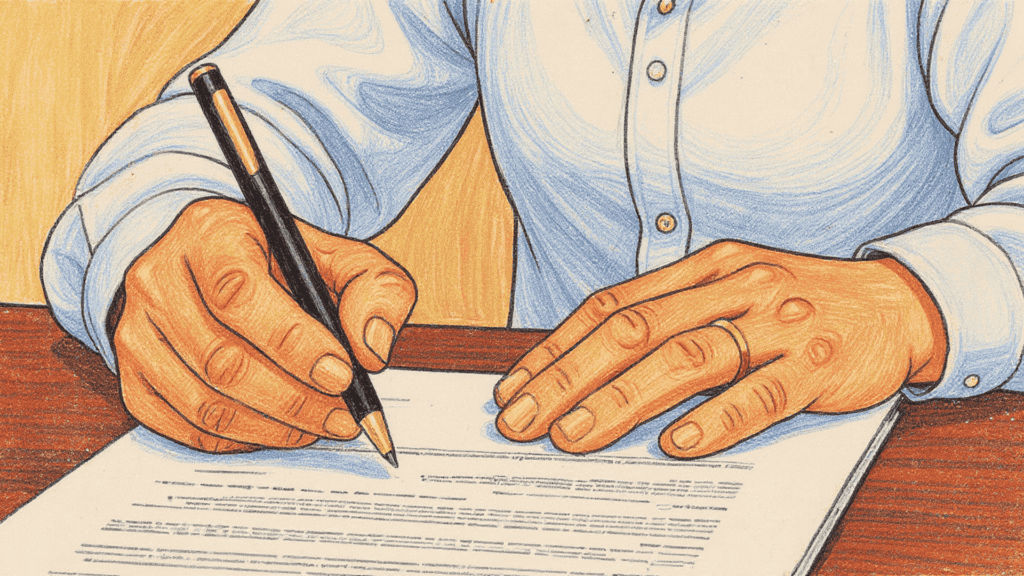Every worker deserves to feel safe on the job. Yet millions of employees face unsafe working conditions daily, from faulty equipment to toxic chemicals.
These hazards can cause serious injuries, illnesses, or even death.
Workplace safety isn’t just about following rules. It’s about protecting your health and your future. When employers ignore safety standards, workers pay the price.
But you have rights. Federal laws protect you from dangerous work environments.
OSHA gives you the power to report hazards without fear of losing your job.
This article explains what counts as unsafe working conditions and how to protect yourself.
You’ll learn your legal rights and when to take action.
What are Unsafe Working Conditions?
Unsafe working conditions are workplace environments that put employees at risk of injury, illness, or death.
These include broken equipment, missing safety gear, toxic substances, poor lighting, or unstable structures.
Any situation where normal work activities could harm your physical or mental health counts as unsafe.
Federal law requires employers to maintain safe workplaces free from recognized hazards.
What Counts as Unsafe Working Conditions?
Unsafe working conditions fall into five main categories. Each type poses different risks to your health and safety. Understanding these categories helps you identify hazards at your workplace.
| Hazard Type | What It Includes | Common Examples |
|---|---|---|
| Physical | Equipment, machinery, workplace design | Broken tools, wet floors, poor lighting, and loud noise |
| Chemical | Toxic substances, fumes, dust | Cleaning products, asbestos, lead paint, and industrial chemicals |
| Biological | Living organisms, contamination | Mold, bacteria, viruses, animal waste, and medical waste |
| Ergonomic | Body strain, repetitive motion | Heavy lifting, awkward positions, repetitive tasks |
| Psychological | Mental health, workplace stress | Harassment, violence, extreme pressure, bullying |
OSHA and the Legal Framework
The Occupational Safety and Health Administration (OSHA) protects American workers from unsafe working conditions.
Created in 1971, OSHA sets and enforces workplace safety standards across the country.
The OSH Act and General Duty Clause
The Occupational Safety and Health Act gives OSHA its power to regulate workplace safety. The General Duty Clause requires employers to keep workplaces “free from recognized hazards.”
OSHA creates specific safety standards for different industries.
Employers must follow these rules or face serious penalties. When employers violate safety laws, OSHA can inspect workplaces and issue fines.
The agency also investigates worker complaints and workplace accidents.
Employee Rights Under OSHA

OSHA gives workers strong legal protections against unsafe working conditions. These rights apply to all employees in workplaces covered by federal safety laws.
- Right to a safe workplace – Your employer must provide a workplace free from serious hazards
- Right to report unsafe conditions without retaliation – You can file complaints without fear of being fired, demoted, or punished
- Right to training and protective equipment – Employers must train you on safety procedures and provide necessary safety gear at no cost
- Right to access safety records – You can request copies of workplace injury logs and safety inspection reports
- Right to refuse unsafe work – In extreme cases, you can legally refuse work that poses immediate danger to your life or health
- Right to OSHA inspections – You can request an OSHA inspection if you believe your workplace has serious safety violations
What Employers Must Do to Keep Workers Safe?
Employers have clear legal duties to protect workers from harm.
The law requires them to maintain a hazard-free workplace by fixing broken equipment, cleaning up spills, and removing dangerous materials.
Training is mandatory. Employers must teach workers how to do their jobs safely, covering specific workplace hazards and emergency procedures.
They must also provide all necessary safety equipment, like hard hats, gloves, and respirators, at no cost to employees.
Compliance with OSHA standards is non-negotiable.
Employers must follow all applicable safety rules, conduct regular inspections, and maintain proper safety records.
How to Report Workplace Safety Violations?
When you face dangerous workplace conditions, you have several options for reporting them. Taking action protects both you and your coworkers from potential harm.
- Talk to your supervisor or HR department first – Many safety issues can be resolved quickly through internal reporting channels
- Document the hazard with photos and written details – Keep records of what you reported and when you reported it
- File a complaint with OSHA online, by phone, or by mail – OSHA accepts anonymous complaints and investigates serious safety violations
- Request an OSHA inspection – You can ask OSHA to inspect your workplace if internal reporting fails to fix the problem
- Know your retaliation protections – Federal law prohibits employers from firing or punishing workers who report safety concerns
Legal and Financial Consequences for Employers
Employers who create unsafe working conditions face serious penalties from OSHA.
Willful or repeated violations can result in fines up to $156,259 per violation. Serious violations typically carry fines of $15,625 each.
OSHA citations become public records that damage company reputations.
Poor safety performance hurts businesses’ ability to win contracts or attract employees.
Workers injured due to unsafe conditions can also sue employers for damages, costing companies millions in medical bills and lost wages.
Protecting Yourself and Finding Resources
While waiting for unsafe working conditions to be fixed, you can take steps to stay safe.
Document all hazards with photos and detailed notes, including dates and locations.
Use available protective equipment and follow safety procedures, even if they slow your work.
Emergency Procedures and Worker Resources
Learn your workplace’s emergency procedures and evacuation routes. Know where first aid supplies are located.
The OSHA website (osha.gov) provides complaint forms and safety information.
Call OSHA’s hotline at 1-800-321-6742 for urgent hazards.
State workplace safety programs and worker advocacy groups also offer free assistance to employees.
Conclusion
Every worker has the right to return home safely each day.
Unsafe working conditions should never be accepted as “just part of the job.”
Federal laws exist to protect you from workplace hazards.
Your employer must provide training, safety equipment, and maintain a hazard-free workplace.
When they fail, OSHA can step in with inspections and penalties.
Don’t wait for someone else to speak up about safety problems.
Document hazards, use protective equipment, and report violations. Your actions protect yourself and your coworkers.
Take control of your workplace safety today!
Frequently Asked Questions
What Is a Hostile Work Environment?
Harassment based on race, gender, religion, or other protected characteristics that interferes with work. The behavior must be severe or happen repeatedly.
What Is Considered a Workplace Threat?
Verbal threats, physical intimidation, or aggressive behavior that makes employees fear for their safety. Both direct and implied threats count.
Is a Toxic Work Environment Illegal?
Only when it involves discrimination or creates unsafe conditions. Poor management or rudeness alone isn’t usually illegal.










